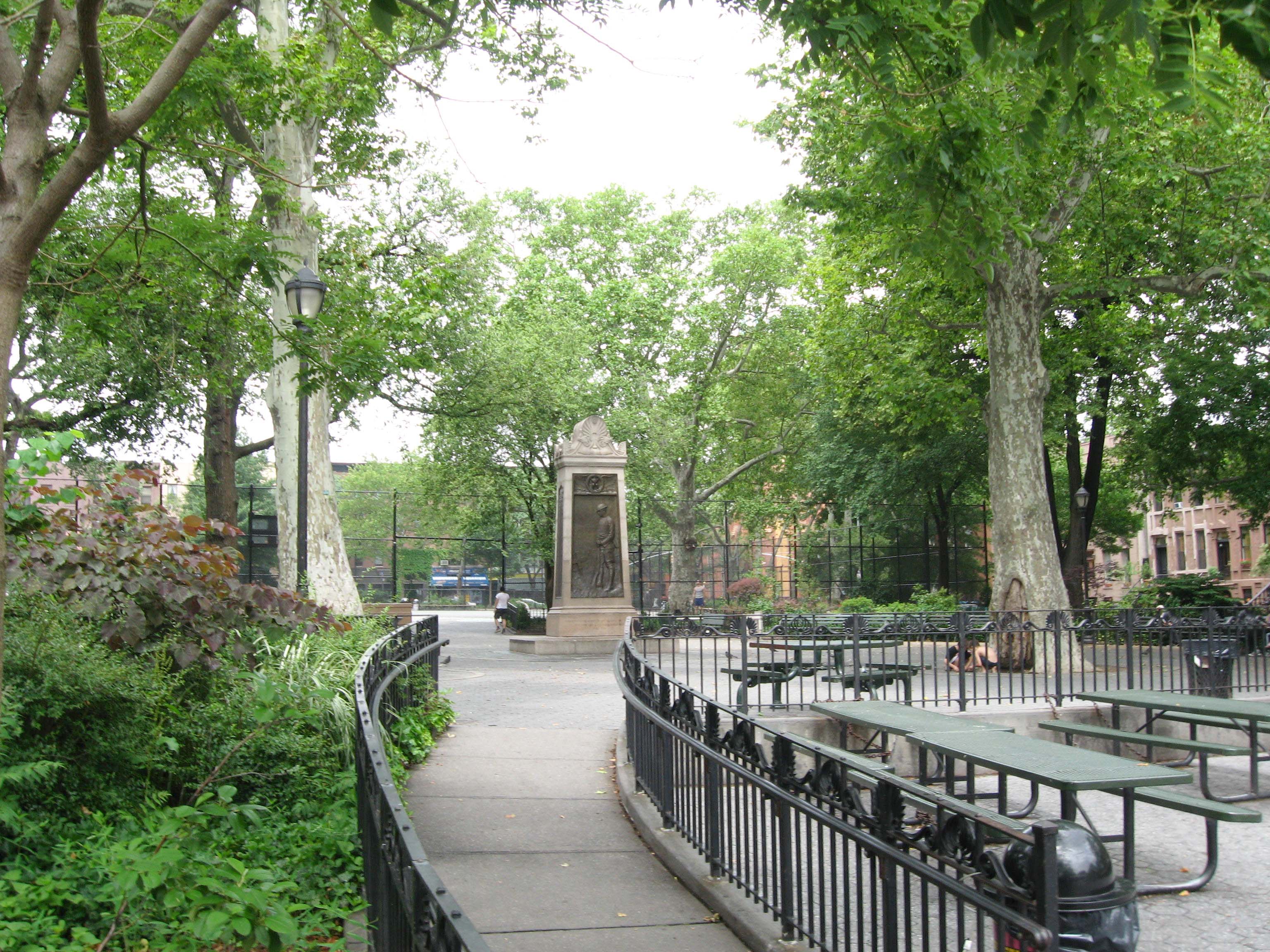Our kiddos (the 35 year olds!) wanted to get settled into someplace they can remain during the preschool and elementary years. Another driver of their move is it's a 'renter's market in the Big Apple, and that fact is in the same category as pigs flying, hell freezing over, and hens needing dental work. Due to the virus, we must be within walking distance of the kiddo's apartment, so now we are moving too.




Brooklyn neighborhoods are like small towns. Many people in the five boroughs of New York live in the same neighborhood their entire lives. They know minutely when the smallest thing changes in their neighborhood. We are all moving to Carroll Gardens which is an area closer to the East River from where we are now. It's named for Charles Carroll, Revolutionary War hero and the only Catholic signer of the Declaration of Independence. This area has been settled successively by the Irish in the early 19th century; by the Norwegians in the mid 19th century, and by the Italians in the late 19th century. Until the building of the Brooklyn/Queens Expressway cut this area off from "Red Hook", another neighborhood directly to the South, this was a solid working class neighborhood. As a result of that Robert Moses freeway project, Carroll Gardens gradually moved away from its working class roots into a solid middle class neighborhood, and in the 21st century, it's an upper middle class neighborhood.
There are some interesting landmarks in Carroll Gardens. There's the Norwegian Seaman's Church, actually visited by the King of Norway in the 1950's. In the ways of New York City, this church is now a condominium.

In the 1840's a New York surveyor called Richard Butts created a series of Brownstones which were farther back than normal in order to create front gardens. These buildings are now historical buildings, and the gardens are still beautiful.

Carroll Garden Playground and Park was originally planned in the 1840's as private parkland, but the City of New York purchased it, and this is where '27 pounds of joy' will be honing his swinging and other playground skills.
This neighborhood is still the home of 'mom and pop' stores just as it was in the 19th century. Now, the stores tend to sell you coffee and pastries or designer food, but by being run as small individual businesses, they are upholding a long standing tradition in the neighborhood.
Wish us luck with the actual move, but I think we are going to be very happy here.